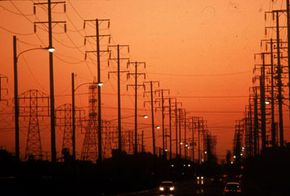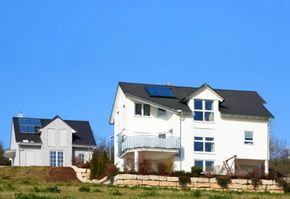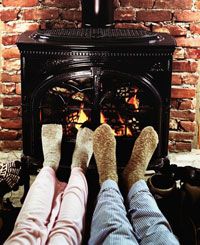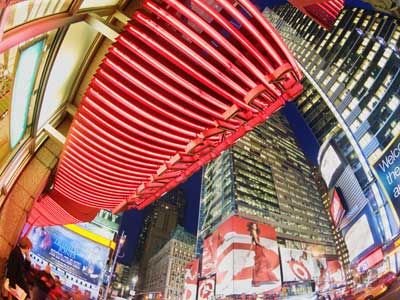Now that you're getting your power from the sun and wind, it's time to get yourself off the city water and sewer line. The great thing about water is that it's everywhere — it runs beneath your feet as groundwater and falls from the sky as rain. You can tap into both of these sources to go off the grid.
According to the EPA, roughly 15 percent of homes in the United States get their water on their own, so there's no reason why you can't be one of them.
There are more than 17 million homes in the United States that get their water from private wells [source: The Groundwater Foundation]. The principle is simple: You dig a hole or drill deep into the ground and a pump draws out the water.
There are many regulations that apply to private wells, so you should only use a licensed well driller. It's easy for harmful contaminants to leak into your well if it's not installed properly.
The cost of a private well ranges from $3,000 to $15,000, depending on how deep you need to go. The deeper the well, the more likely you'll find clean water. Install a filter for better-tasting water. Another benefit of a private well is that you can avoid local watering restrictions during periods of drought.
Another way you can provide your own water is by harvesting the rain with a cistern, which is a tank that holds water. Home cistern systems have large aboveground or underground tanks made from concrete, steel or fiberglass. The water from your rain gutters is channeled into the cistern and then pumped back into your home as you need it.
If your cistern is aboveground and higher than your faucets, you can use the weight of the water as pressure to get it into your home. Belowground cisterns require a pump to get the water to you, much like a well.
If you want a cistern, you need to live in an area that gets enough rain. However, if you live near a major source of pollution, like a major expressway or factory, then you should avoid going with a cistern.
If you want drinkable water, it's best to have a metal or clay roof because it's cleaner than a shingled one. You can use shingled roofs, but they require a pre-filtering system before the water is deposited into the tank. If you're interested in harvesting rainwater, consult your local green building professional.
The best way to get off the grid's sewer line is to install a septic system. A septic system is basically a large metal tank that collects and releases your wastewater. Bacteria in the tank break everything down causing it to separate naturally into a top scum layer, bottom sludge layer and middle liquid layer.
As new wastewater flows in, the liquid in the tank flows out into a series of buried perforated pipes that release the water over a distance into a drain field. Soil acts as a biological filter, keeping the harmful bacteria buried beneath the ground until it's eventually absorbed as nutrients. A professional should empty and service the once a year. You can read more about septic tanks in the article How Sewer and Septic Systems Work.






